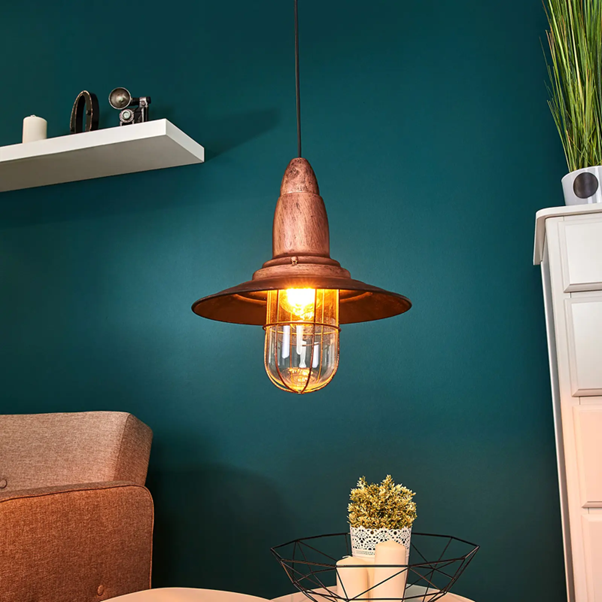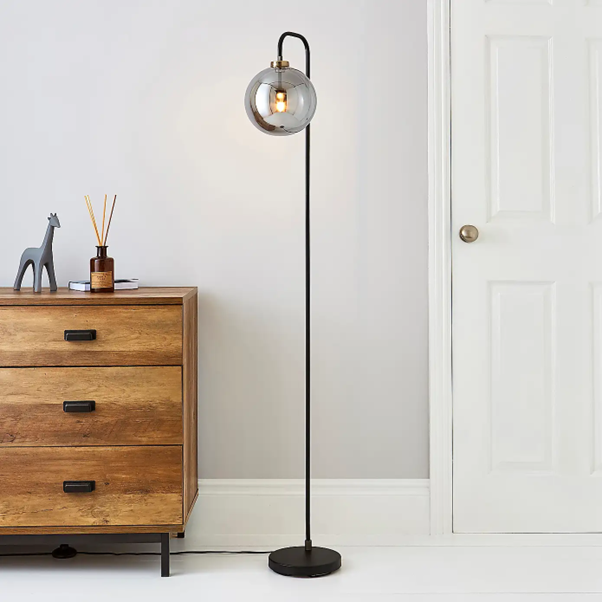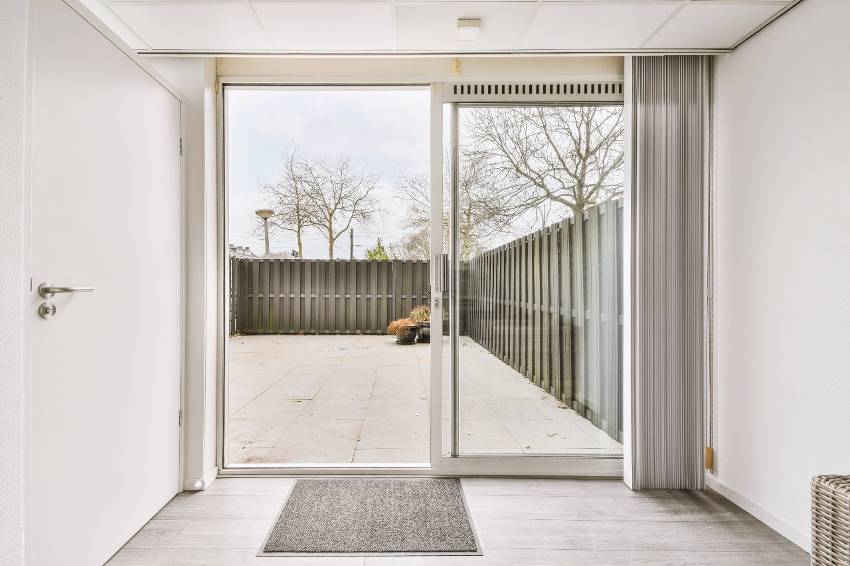5 Helpful Tips When Choosing Living Room Lighting
Lighting plays an important role in our homes and it often fulfils more than its basic function. When chosen correctly, it can make a room feel cosier, optically spacious or divide it into zones.
Here are a few tips to help you choose the right lights for your living room.

https://www.lights.co.uk/fisherman-pendant-light-w-antique-copper-finish.html
1. Think about lights when renovating
If possible, start considering lamps as soon as you begin planning out electrical wiring. Only then can you get electricity exactly where you need it later. It’s not simply about the location but the design as well. Would you prefer a chandelier or spotlights?
That’s also an important question to ask yourself. Take into account the resulting look and interior design style or furniture layout.
If renovation is not on the cards for you and you’re only changing lights, get creative. Popular solutions are hanging cords or spotlight bars, which direct light anywhere you need it while adding an interesting industrial touch to your interior.

2. Start with ceiling lights
The first step is deciding on the room’s primary lighting source, usually ceiling lights. Nowadays the options are countless so take your time and consider them all carefully. Don’t neglect the practical side of things in addition to design, of course.
A low-hanging chandelier may look beautiful but it can create more of a nuisance in the middle of a room with a low ceiling. Spotlights or flush ceiling lights would be a much more sensible choice. Meanwhile, you don’t need to worry about chandeliers inconveniencing you with high ceilings.
They make the space feel cosy and visually lower the ceiling. Work not only with the size of the room and its design style and furniture but also with the colours and materials used.
3. Don’t just rely on the primary light source
Do you find that even with optimally placed ceiling lights, the room is quite dim? No wonder. A single source can never light up every corner. That’s why you need to enlist the help of table and floor lamps and other additional light sources that will supply you with light where you truly need it.
The living room actually tends to serve several purposes. It’s where we spend time with our friends and family, relax after a difficult day or we might use it as a home office. Each activity requires a different type and intensity of lighting.
A reading light should be much brighter than light for a casual evening in, but it doesn’t call for the intensity of a light needed for work. It’s good to take it all into account and divide the living room into multiple zones.

https://www.dunelm.com/product/tanner-black-and-glass-floor-lamp-1000149187
4. Don’t forget light dimming
An intensely lit room is not always ideal. It can even be bothersome when we’re relaxing in the evening or watching TV. All we need to create the perfect ambience is dimmed lighting. It’s common to use recessed lights or LED strips for this purpose.
Another excellent and effective solution is dimmer switches, which allow you to regulate the light intensity of classic lamps.
5. Colour temperature matters
Lighting colour temperature is an important factor when choosing a light bulb. While some rooms are best suited for cooler blue lights, we may prefer warmer candlelight tones elsewhere. Colour temperature is measured in degrees of Kelvin (K).
The higher the number on the scale, the cooler the light a bulb emits. Generally speaking, light with a temperature around 3,000 kelvin is perfect for rest, while a value above 5,000 kelvin helps increase our attention span and concentration, which is optimal for work.
Anything in between is ideal for everyday activities and can be placed in the kitchen or the bathroom. In the living room, we need to incorporate the aforementioned zones and choose the light bulb colour temperature accordingly.













